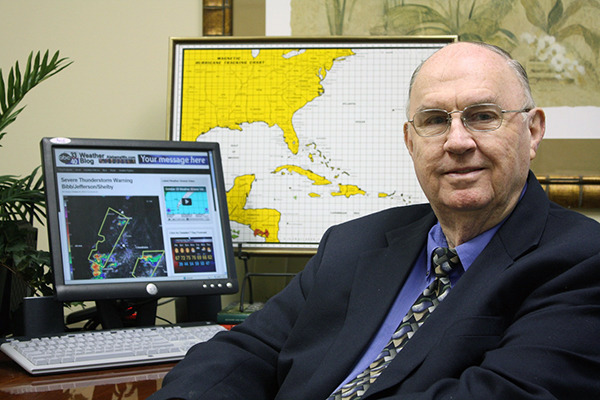Storm Surge Impacts from a Tropical Cyclone….Why Worry?
(credit: Meteorologist Jordan Rabinowitz)
DISCUSSION: As the National Weather Service’s National Hurricane Center office in Miami, Florida continues to work on the track as well as intensity forecasts for a number of current as well as potential storms in both the tropical Eastern and tropical Atlantic Ocean basins, there are still people who have their doubts about the rest of the respective seasons. Having said that, there are a few things that everyone should be aware of when it comes to tropical cyclone impact potential. First and foremost, tropical cyclones are a unique danger to both life and property and often across very large regions due to their size and power.
On that note, as a direct result of their often larger size (i.e., a couple hundred to sometimes several hundreds of miles across), tropical cyclones have the ability to churn up a ton of upper-ocean water content both beneath and just out ahead of their forward track. Therefore, one of the most prolific impacts from a tropical cyclone are those impacts which are delivered by a given tropical cyclone’s storm surge. It is very well-known around the world that the most powerful force on Earth is indeed the power of water. Thus, it is no surprise that when a tropical cyclone drags an overstock of ocean water into shallower bays and inlets prior to and during its landfall, this can and often does have disastrous consequences for anyone and anything in its path. This is due to the fact that when water quickly piles up in shallower coastal regions, the water has no other place to go other than inland at that point and this often occurs quite violently.
More specifically, it has been found that even just 6 inches of rapidly moving water can often sweep someone off their feet. Moreover, by the time you reach 1 to 2 feet of quickly moving water, the associated force can often be powerful enough to move most automotive vehicles and sweep them away. However, when it comes to a tropical cyclone’s storm surge, you often are dealing with a violent rushing wall of ocean water which can be 5 feet high and counting. Hence, the reason for why inland moving storm surge impacts are often even more destructive than the strong onshore winds associated with a landfalling tropical cyclone.
The points noted above or a big reason for why anyone who is ever positioned in the cross-hairs of an approaching tropical cyclone (regardless of its intensity near the time of landfall) should always treat a tropical cyclone with the utmost amount of respect. Attached above is YouTube footage from Super Typhoon Haiyan and it was captured by Nickson Genesis, a Plan Philippines Community Development Worker at 6 am on the morning of 8 November 2013. Note the massive storm surge was that moved inland in this footage at a location which was at least 1 to 2 miles away from the nearest coastline. This footage just goes to show the natural ferocity and power of an intense tropical cyclone’s storm surge.
To learn more about other important educational topics in meteorology from around the world, be sure to click here!
AlabamaWX is pleased to partner with the Global Weather and Climate Center team for outstanding posts about our atmosphere. Visit them at https://www.globalweatherclimatecenter.com for more great information!
Category: Partner News Stories
















